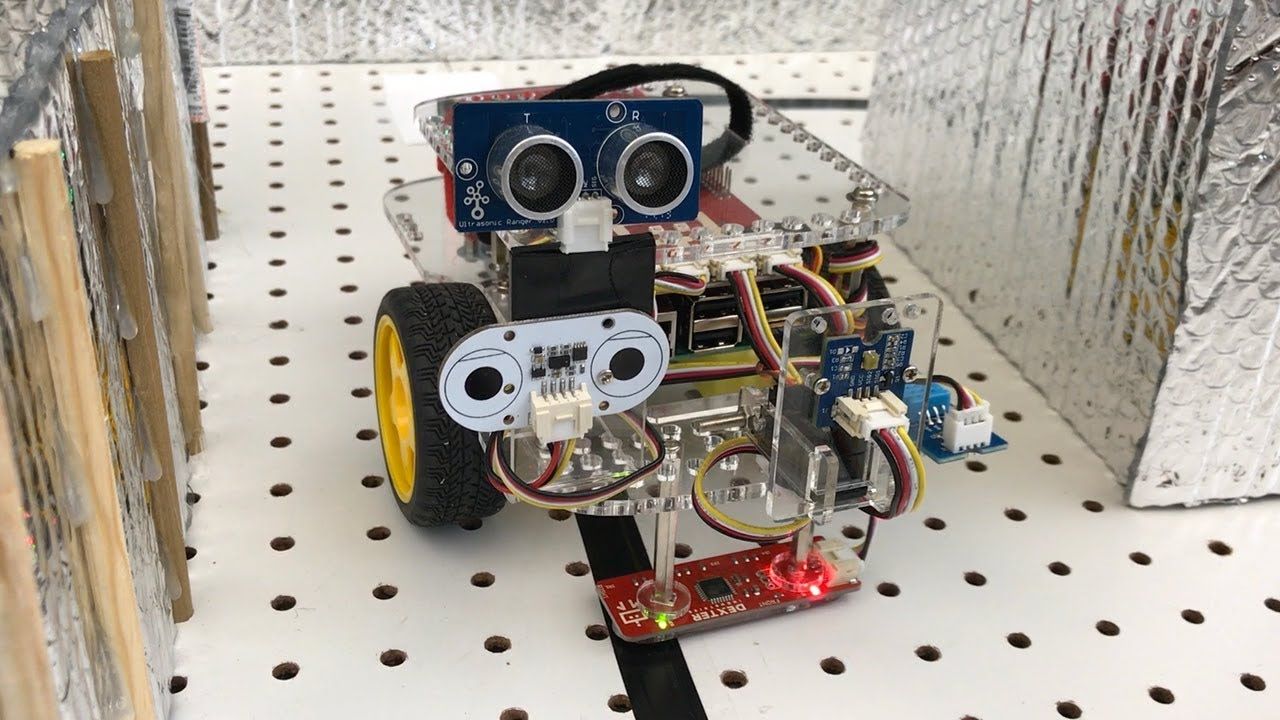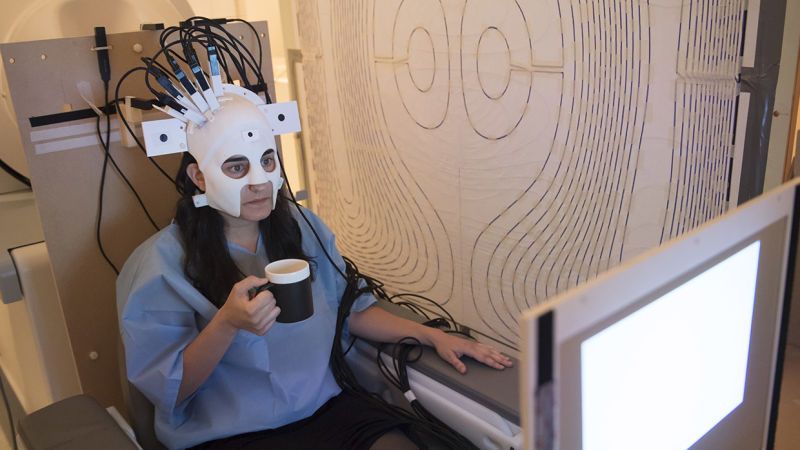
New developments require new materials. Until recently, these have been developed mostly by tedious experiments in the laboratory. Researchers at the Fraunhofer Institute for Algorithms and Scientific Computing SCAI in Sankt Augustin are now significantly shortening this time-consuming and cost-intensive process with their “Virtual Material Design” approach and the specially developed Tremolo-X software. By combining multi-scale models, data analysis and machine learning, it is possible to develop improved materials much more quickly. At the Hanover Trade Fair from April 23 to 27, 2018, Fraunhofer will be demonstrating how the virtual material design of the future looks.
In almost every industry, new materials are needed for new developments. Let’s take the automotive industry: while an automobile used to consist of just a handful of materials, modern cars are assembled from thousands of different materials – and demand is increasing. Whether it’s making a car lighter, getting better fuel economy or developing electric motor batteries, every new development requires finding or developing the material that has exactly the right properties. The search for the right material has often been like a guessing game, though. The candidates have usually been selected from huge material databases and then tested. Although these databases provide insight into specific performance characteristics, they usually do not go far enough into depth to allow meaningful judgments about whether a material has exactly the desired properties. To find that out, numerous laboratory tests have to be performed.
Read more


















